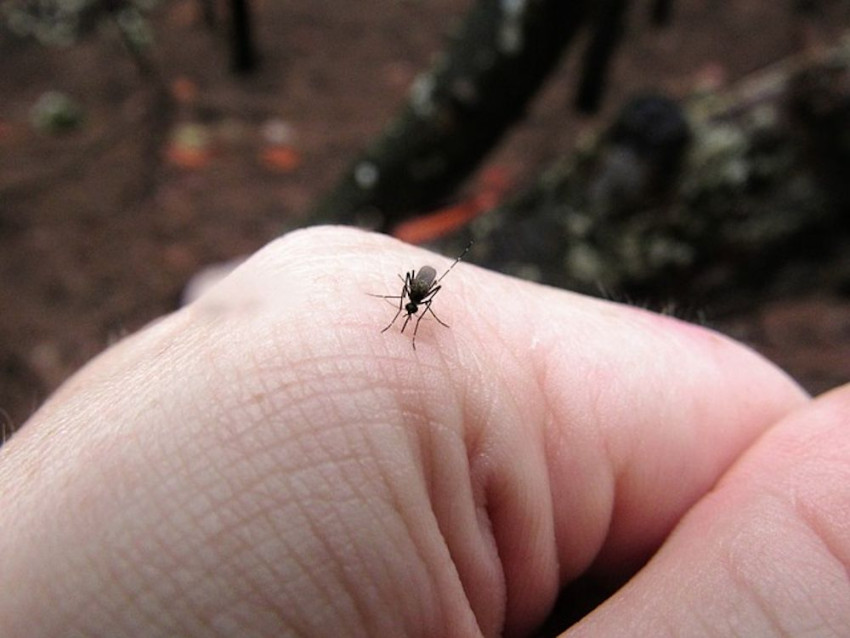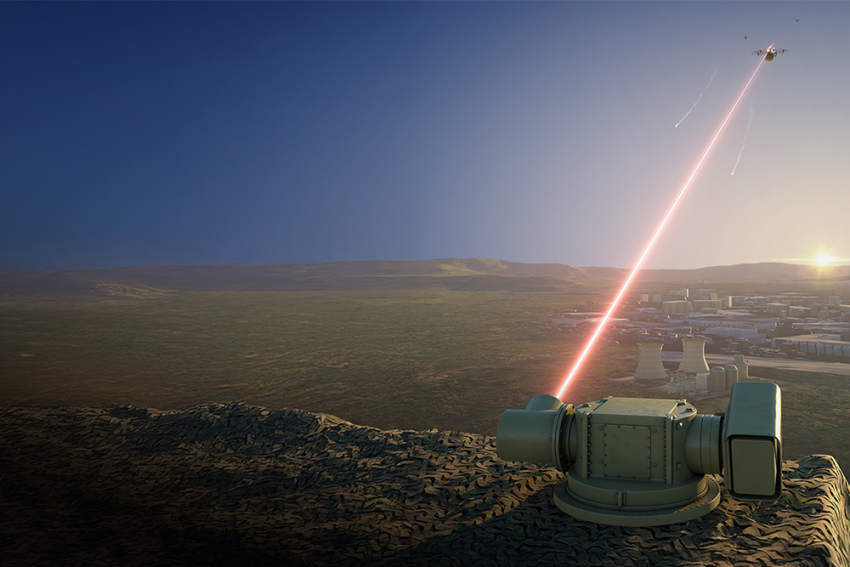
Mosquito bite helps create the ideal injection needle
Have you ever been bitten by a mosquito, and felt nothing at the time? That experience has now been exploited to design a painless injection needle using the principle of biomimicry, which develops technological solutions inspired by nature.
Engineers at Ohio State University’s biomimicry laboratory rigorously researched all existing literature on how a mosquito pierces its victim and then draws blood. 'We used our engineering backgrounds to figure out the mechanism used by mosquitoes to puncture victims painlessly,' says researcher Bharat Bhushan in a message from Ohio State University about the painless microneedle. In addition, the engineers carried out their own research on the extended proboscis of a common mosquito species, using nanoindentation to determine the hardness of its various parts.
Artful device

A mosquito’s proboscis turns out to be an artful device. It is relatively soft at the tip and on the side, hardening in parts more towards the inside and closer to the head of the mosquito. According to Bhushan, 'The skin clearly suffers less pain from the soft part.'
The mosquito first uses the tip to find a suitable place to pierce the skin, and then inserts a tube with a serrated exterior design. The mosquito vibrates this tube at a frequency of about 15 Hz, with a movement of less than a 0.1 mm. Sawing the skin sounds painful, but the vibration actually makes penetrating the skin easier. The pressure needed by the mosquito to pierce the skin is a third of that needed by an injection needle. Less pressure on the skin means that it deforms less, and the skin nerves emit fewer pain reactions.
Painkiller
Once the proboscis is inserted in the skin, the mosquito applies a numbing agent, a substance with proteins that eases pain. Only then does the mosquito search for the nearest blood vessel with the soft tip of its proboscis. After finding a blood vessel, the mosquito again uses a vibrating motion to penetrate the vessel with the softer tip, but this time at a much lower frequency of up to 5 Hz. Once in the skin, the mosquito has to overcome greater resistance. Rapid vibration is therefore not possible, but neither is it necessary, because the wall of the blood vessel is much softer than the outside of the skin. Once the tip of the proboscis is in the blood vessel, the mosquito begins to draw blood.

Double needle
So, what does this all mean for the design of a microneedle?

The researchers are in favour of a double needle. One needle pierces the skin and administers the drug or draws blood, the other administers a light anaesthetic. Like the mosquito’s proboscis, the first needle is softer at the tip, while the outside immediately surrounding it is serrated. It pierces the skin using a vibrating action.
The next step now is to actually make the needle according to this design.
If you found this article interesting, subscribe for free to our weekly newsletter!
Images: Ohio State University.







